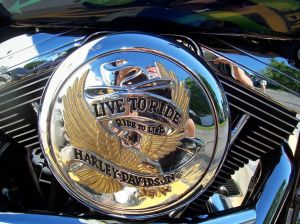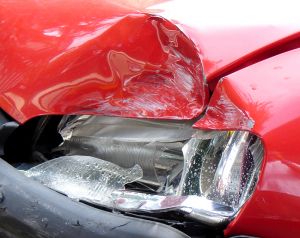The ghosts and goblins could be the least of your worries this Halloween: It is your risk of a Massachusetts car accident, pedestrian accident or accident on someone’s property that could be your biggest concern.
The National Highway Traffic Safety Administration reports that 500 people a year on average are killed in traffic accidents during the week of Halloween, making it among the deadliest weeks on the road. And, while night is always a dangerous time for driving, Halloween night consistently ranks among the nation’s deadliest.

About half of all fatal accidents involve a drunk driver. Consequently, law enforcement nationwide will be participating in an “Over the Limit. Under Arrest” campaign from Oct. 25-31.
If those were your only risks, that would be bad enough. However, the American Academy of Orthopedic Surgeons reports that Halloween is among the busiest holidays for hospital emergency rooms, with children ages 10 to 14 being the most frequent victims. Boston slip and fall accidents and dog bite injuries in Massachusetts are just a few of the other dangers of Halloween.
The town of Yarmouth offers the following safety tips:
-Wear bright, reflective costumes. Wear shoes that fit and make sure costumes fit properly and do not present a tripping or fire hazard.
-Consider adding reflective tape to your clothing to make yourself more visible.
-Secure emergency identification on children.
-Use safe makeup and make sure masks do not block eyesight.
-Use flame resistant costumes.
-Think twice before using knives or swords and make sure such props are soft and flexible.
-Use flashlights.
-Use lightsticks or other nonflammables in and around costumes.
-Teach children their home phone number and how to call 911.
-Review stop-drop-roll with children should their clothing catch on fire.
-Take the time to eliminate tripping hazards on your walkway and property.
Continue reading
 Boston Personal Injury Attorney Blog
Boston Personal Injury Attorney Blog






